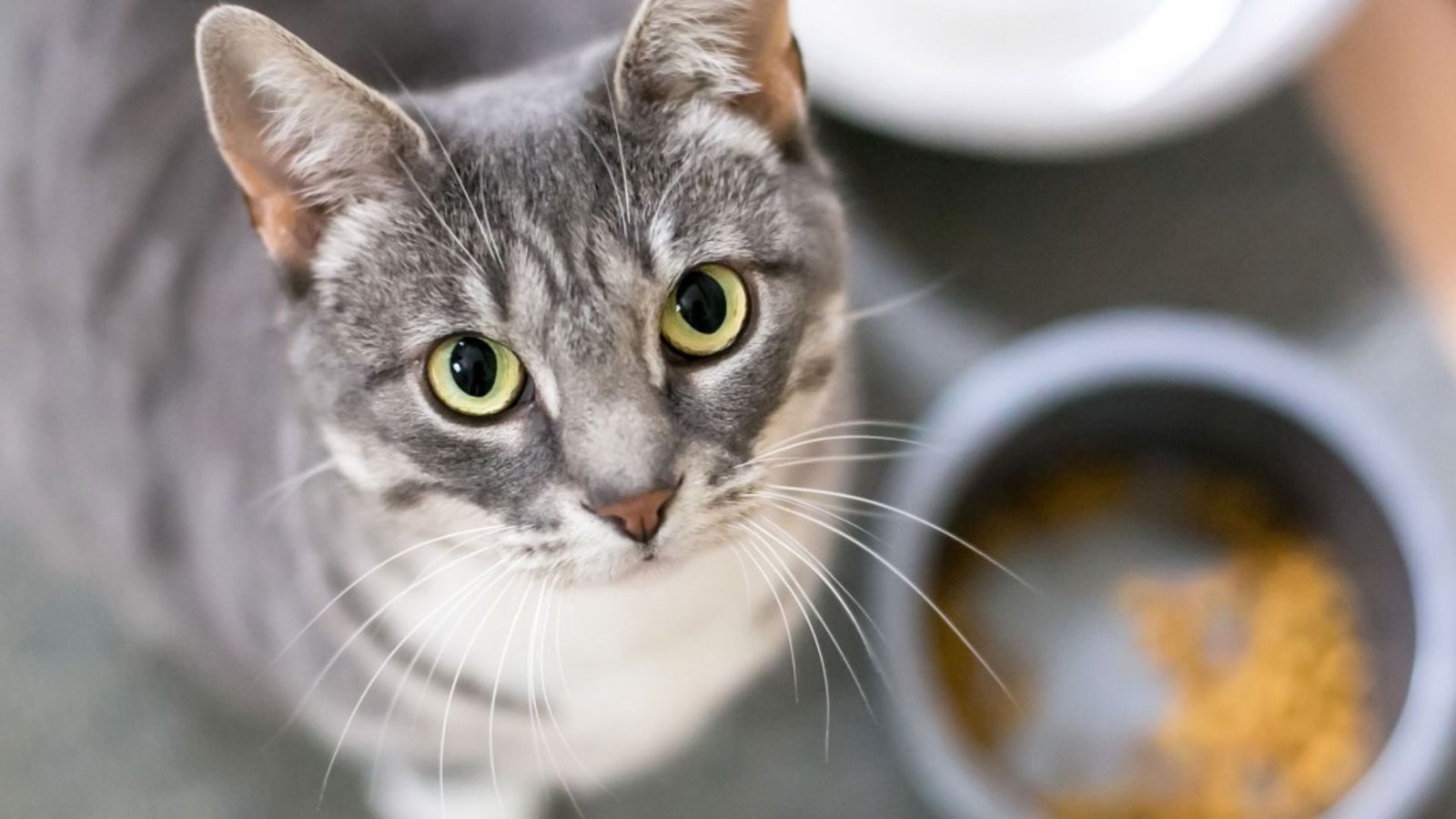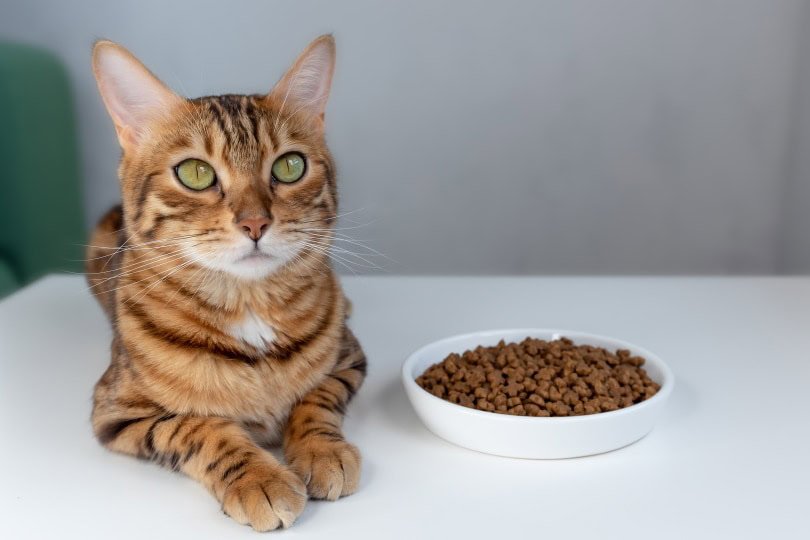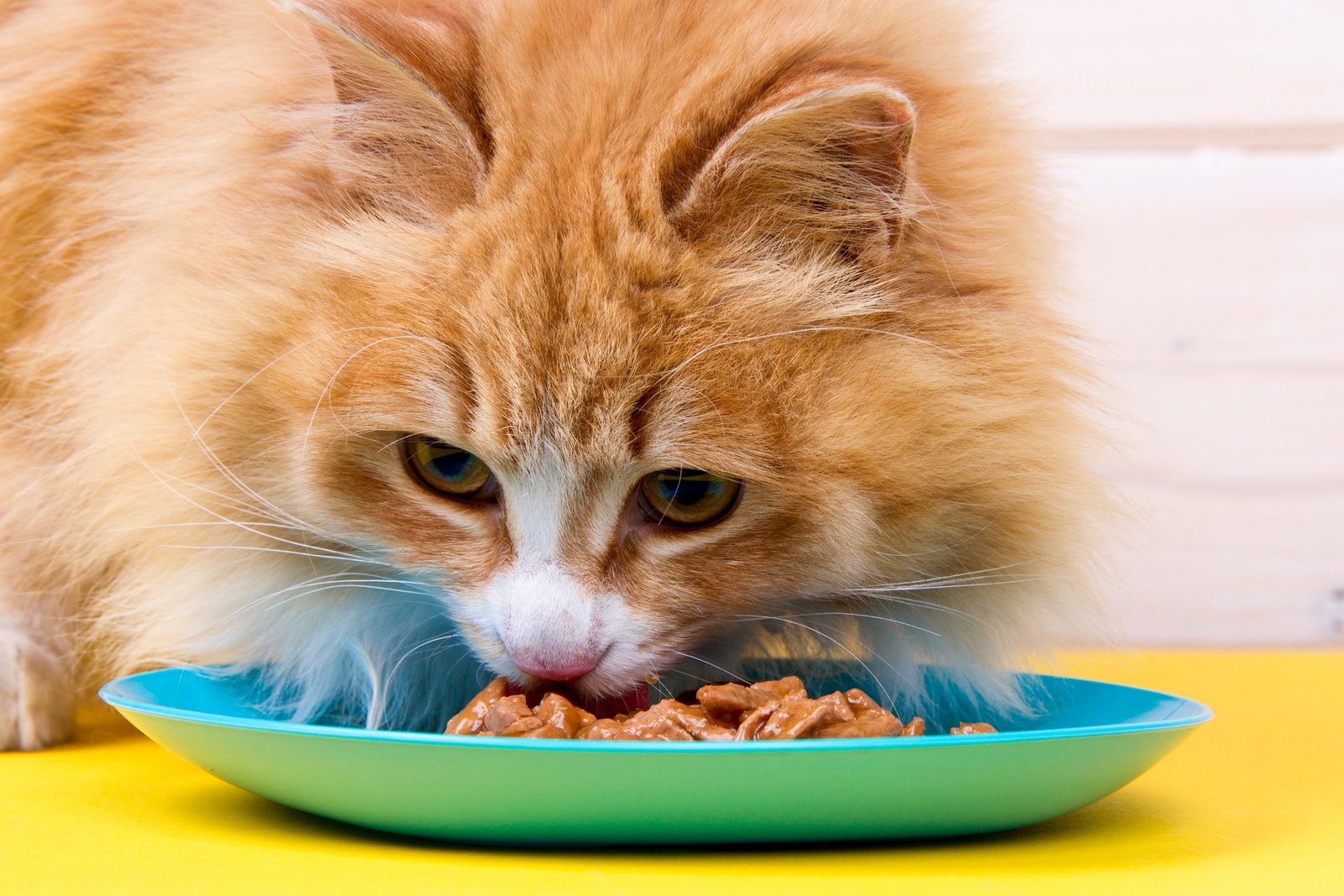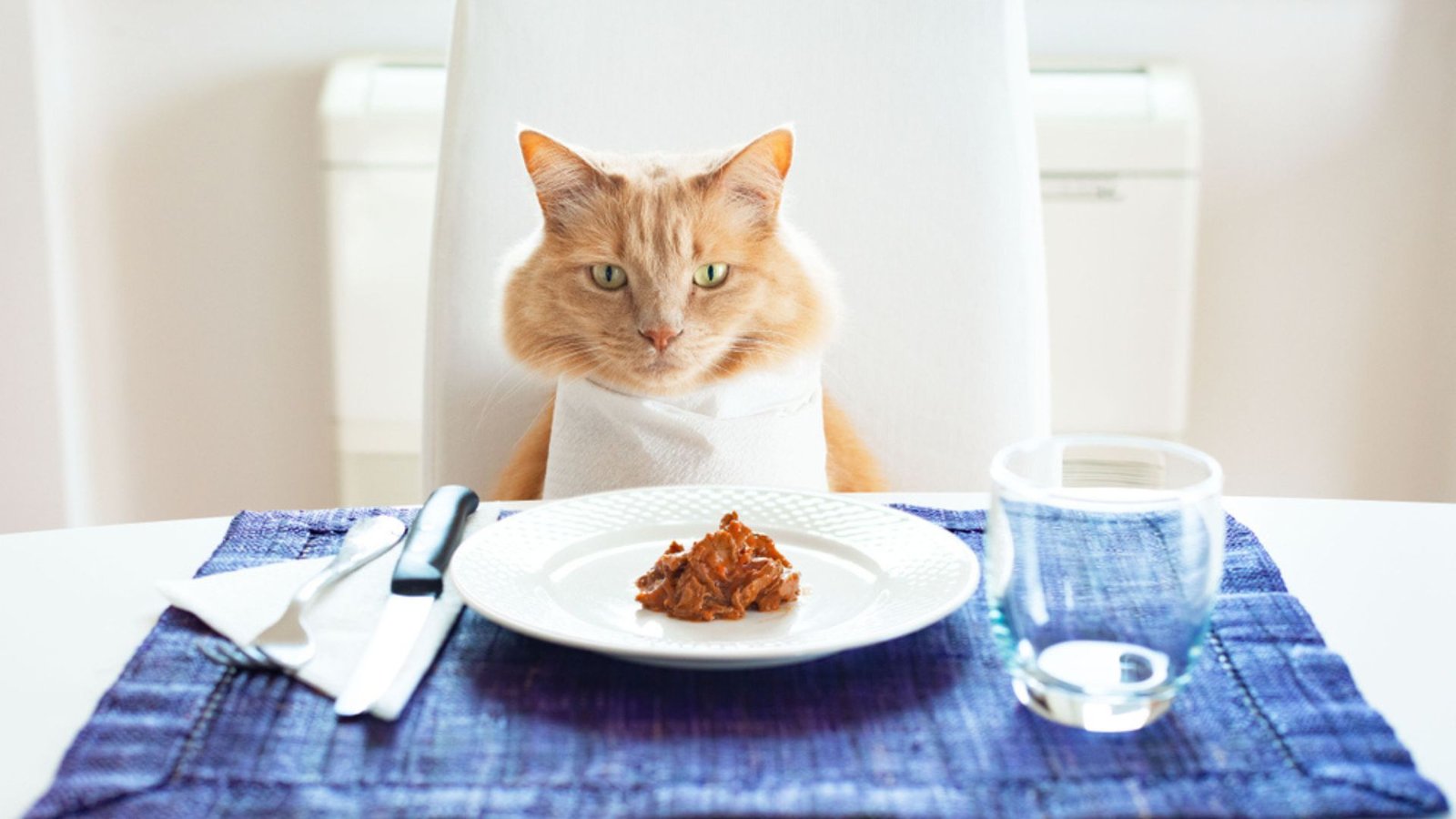Wet cat food is a great choice for your feline friend, providing hydration and delicious flavor. However, if you don’t use the entire can in one sitting, it’s important to store it correctly to keep it fresh and safe for your cat to eat later. Improper storage can lead to spoilage, bacteria growth, and wasted food. In this guide, we’ll show you how to store wet cat food safely, both before and after it’s opened.
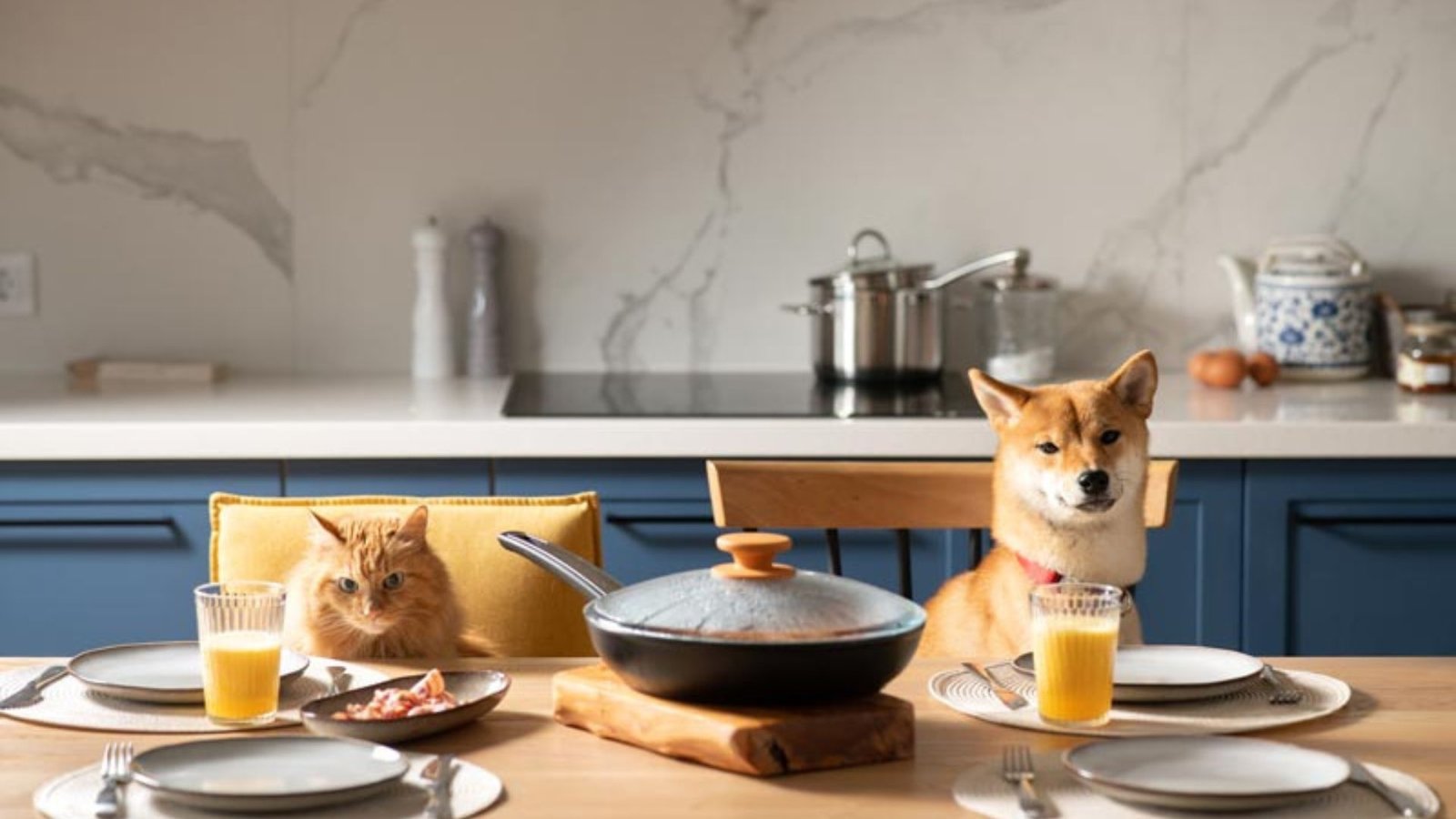
1. Storing Unopened Wet Cat Food
Unopened cans or pouches of wet cat food are shelf-stable and don’t require refrigeration until you open them. However, they should be stored in a cool, dry place to preserve their freshness.
- Store in a Cool, Dry Place: Keep the unopened cans of wet cat food in a pantry or cupboard. Avoid places with high temperatures, such as near a stove, or in direct sunlight.
- Check Expiration Dates: Always check the expiration or “best by” date on the can or pouch. Unopened cans are safe to store as long as they are within their expiration date.
- Keep Cans Upright: Store cans upright to prevent the possibility of the seal breaking, which could compromise the food’s safety.
By following these simple steps, your unopened wet cat food should remain fresh and safe until you’re ready to use it.
2. Storing Opened Wet Cat Food
Once you open a can or pouch of wet cat food, it needs to be refrigerated to maintain its freshness and prevent bacteria growth. Here’s how to store opened wet cat food safely:
2.1 Cover the Food Properly
- Use a LID: The best way to cover an opened can is to use a can lid. Many cans come with a plastic lid designed to fit perfectly. If you don’t have one, you can use a plastic wrap or aluminum foil to cover the opening.
- Special Can Covers: If you find that the can lids don’t fit well, you can buy reusable can covers for wet cat food from pet stores or online. These are designed to fit most standard cans and create an airtight seal to lock in freshness.
2.2 Refrigerate Immediately
- Temperature: Once the food is covered, immediately place the opened can in the fridge. The ideal temperature for storing wet cat food is between 36°F (2°C) and 40°F (4°C). This will keep the food fresh for up to 24-48 hours.
- Avoid Leaving Out for Too Long: Don’t leave wet cat food out at room temperature for more than 30 minutes to 1 hour, as bacteria can start to grow, especially in the warmer months.
2.3 Use Within 24-48 Hours
Wet cat food should be used within 24 to 48 hours of being opened to ensure its freshness and safety. After this time, the food may start to lose its nutritional value and become unsafe to eat. If your cat doesn’t finish the food within this time frame, consider giving them smaller portions at each meal.
3. Freezing Leftover Wet Cat Food
If your cat doesn’t finish a can of wet food within 24 hours, you can freeze the leftovers for future use. Freezing is a great option to avoid waste, especially if you buy larger cans.
- Freeze in Small Portions: Divide the leftover wet food into small portions using an ice cube tray or freezer-safe containers. This makes it easy to defrost only what you need for each meal.
- Label the Portions: Label the portions with the date you froze them. Use within 2-3 months for the best quality.
- Thaw Properly: When you’re ready to use frozen food, thaw it in the fridge overnight. Never thaw wet cat food in the microwave, as it can change the texture and make it less appealing for your cat.
Freezing leftovers is a great way to save money and reduce waste while still providing fresh meals for your cat.
4. Avoid Storing Wet Cat Food in Plastic Bags or Containers
While it may seem convenient to store wet food in plastic bags or containers, it’s not the best method for keeping food fresh. Plastic containers or bags can absorb odors, and the food may lose its flavor or develop bacteria faster.
- Use Airtight, Food-Safe Containers: If you prefer using containers, make sure they are airtight and made of food-safe material. Glass or BPA-free plastic containers work well for this purpose.
- Avoid Using Open Tupperware: Don’t store wet food in containers that aren’t sealed properly, as this can let air in and speed up spoilage.
Using properly sealed cans or special lids is always the best way to ensure your wet cat food stays fresh.
5. Signs That Wet Cat Food Has Gone Bad
Even if you store wet cat food correctly, it’s still important to know how to recognize signs of spoilage. Always check for the following before serving it to your cat:
- Off Smell: If the food smells sour, rancid, or just “off,” it’s best to throw it away.
- Color or Texture Change: If the food has changed color, is slimy, or has an unusual texture, it’s no longer safe for consumption.
- Mold: If you notice any mold growing on the food, discard it immediately.
Always trust your senses—if something seems wrong with the food, it’s better to be cautious and dispose of it.
6. Serving Guidelines for Wet Cat Food
To minimize waste and keep your cat’s food fresh, consider these serving tips:
- Serve Smaller Portions: Instead of opening an entire can, serve your cat a small portion. This will prevent leftovers and reduce the need for storage.
- Mix Wet with Dry Food: If your cat is picky, you can mix a small amount of wet food with their dry food. This helps ensure the wet food doesn’t go to waste.
Conclusion
Storing wet cat food safely is key to keeping it fresh and safe for your pet. By following these simple storage guidelines, you can reduce food waste, prevent spoilage, and provide your cat with tasty, nutritious meals. Always refrigerate opened cans, use airtight covers, and monitor food for signs of spoilage. Whether you freeze leftovers for later or just store them properly in the fridge, you’ll help ensure that your cat gets the best nutrition every time.

